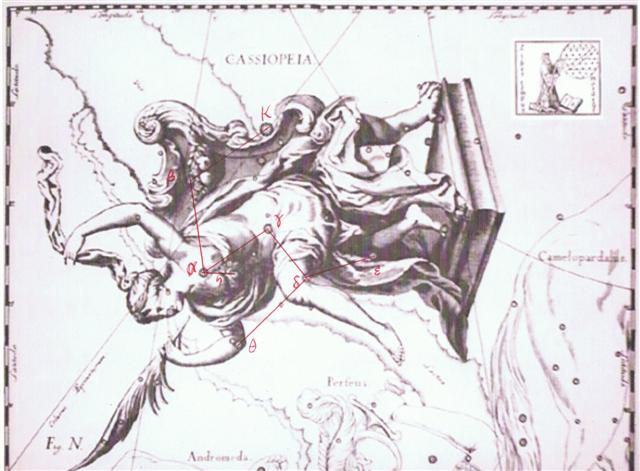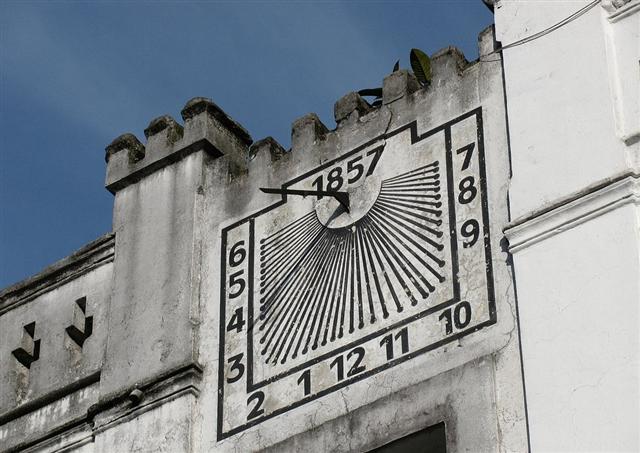7-2. Possibly, I think, we should regard 39 as a consequence of changing from the old method of waiting for the return of a star to visibility after its close encounter with the Sun.
*41.4 (Bharani) + *16 = *57.4 → MARCH 14 → 3-14 (π). Here was the culmination of Porrima and *185 days later was the culmination of Schedir (the Breast of Cassiopeia).
The ancient perspective would consequently have had Aldebaran (*68) positioned *16 right ascension days later, viz. at *84 (→ the Julian spring equinox). Number 64 (→ 364 - 300) would thus correspond to the ancient 64 + 16 = 80 (→ the Gregorian spring equinox). Shifting from the ancient view to the modern view would imply not only the figure 16 but also the figure 4. ... Ecclesiastically, the equinox is reckoned to be on 21 March (even though the equinox occurs, astronomically speaking, on 20 March [*364] in most years) ... We could say that there had been a fundamental shift from observing the stars in the early mornings in order to determine when they would return to visibility to observing the stars as they culminated.in the middle of the night (at 24h). In the diurnal view 24h was in the middle of the night, but 24h on the star maps was a year after Sirrah (respectively a year after Bharani (*0.5 + *41.4) / 365¼ * 26000 = ca 2983 years earlier than 1842 AD → ca 1141 BC. On Hawaii they thought the cycle of Lono should begin in November 28, i.e. 23 days before the December solstice (355, *275), and we can guess the ancient view would imply moving ahead not with 23 days but with 23 + 16 = 39 days, corresponding to day *275 + *16 = *291:
In a way the ancient number for indicating π (22 / 7 → *227) corresponded to glyph number 237 → 8 * 29½ + 1. Or we could say that half a cycle had changed from π to 10 days more.
|



